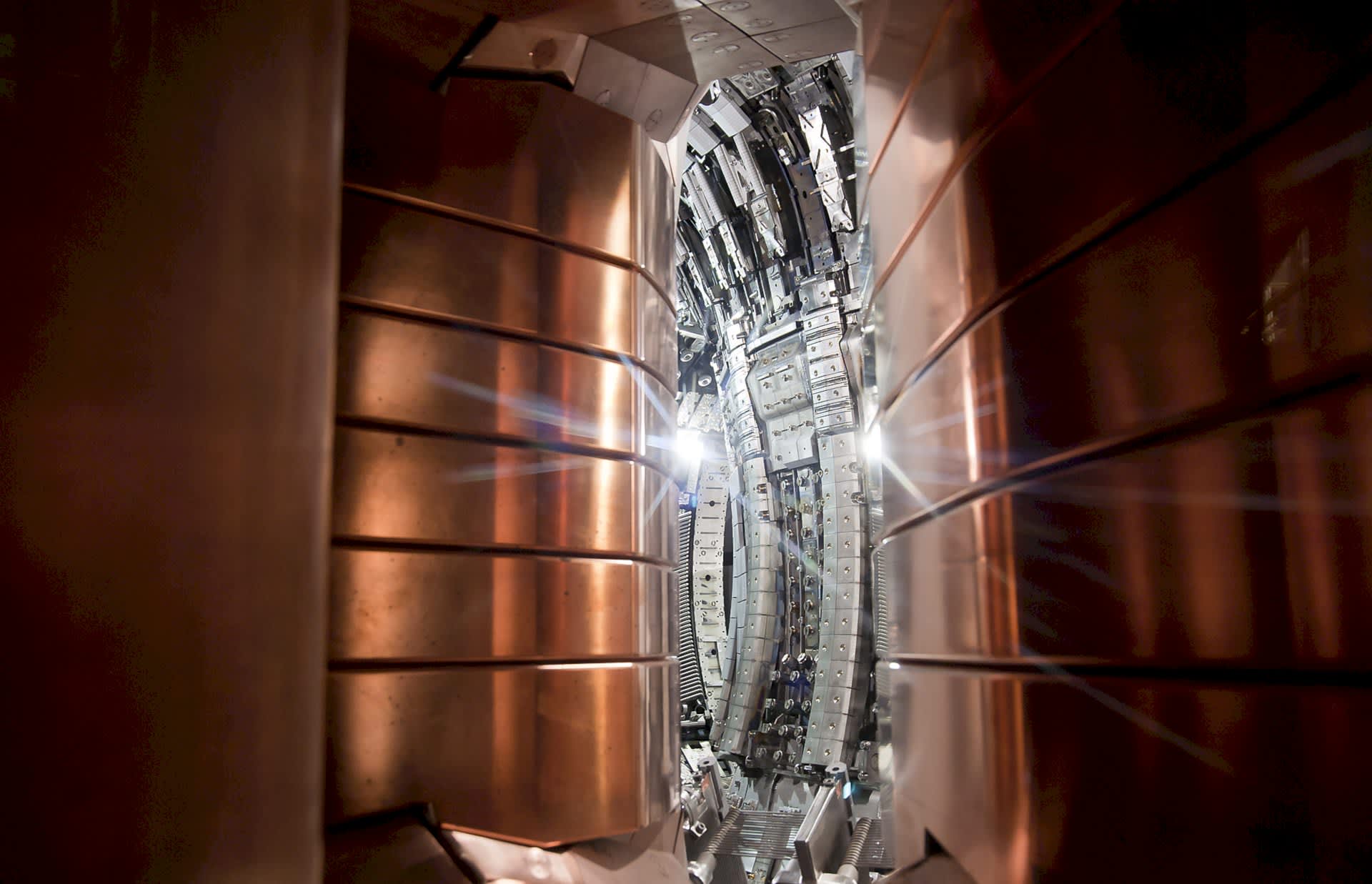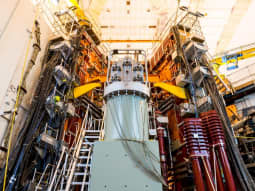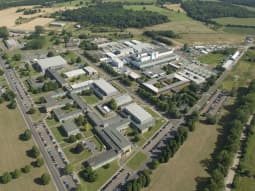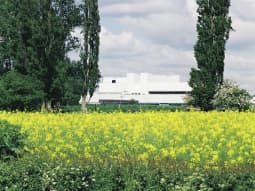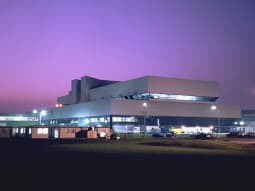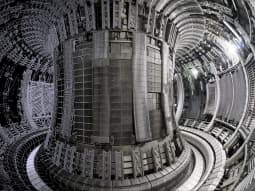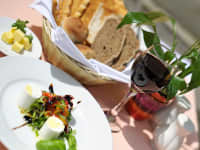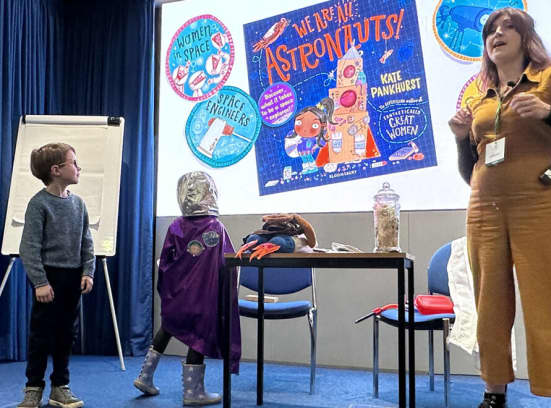Creating an artificial star to provide near-unlimited clean energy in an unremarkable village in south Oxfordshire, using temperatures of up to 200 million degrees: a tall order, perhaps, but this is exactly what the team at UKAEA, who run the main UK lab involved in the quest for fusion energy, are working towards.
A few miles east of Abingdon, Culham Science Centre houses this lab, and has done since the sixties. The site works towards solving the main technical challenges in creating commercially available fusion energy, from carrying out tests on engineering components to conducting research on handling the fuels needed to run fusion reactors.
Eva Belonohy works on JET (Joint European Torus), the main, imposingly large, fusion device used at the Culham centre. This ‘tokamak’ machine has provided data to European scientists since 1983, performing 90,000 plasma tests in that time. JET has provided the ‘proof of concept’ required to show that fusion energy is possible; its main role is now to prepare for the next step in research, which will be conducted in the south of France at an even larger machine, which has yet to be completed. Eva is one of the world’s leading authorities on fusion systems – here, she was generous enough to give some of her valuable time to Jack Rayner to explain a little more about JET and the work she oversees.
Hi Eva – can you tell me a little about your background?
Sure – I'm a physicist. I'm Czech-Hungarian, and I did all my diplomas in Budapest, but went to Germany to do postdoctoral research. I moved to JET about six years ago, and I've been here ever since. I work in operations – I'm one of the physicists who run the machine. For me, it's the most exciting job in the world.
This is the biggest machine of its kind in the world, right?
The biggest and the most important, correct. What we are trying to do is build a new reactor – a nuclear reactor which is essentially the opposite of what we currently use as nuclear reactors. At the moment, we use nuclear fission, which is where you have a large atom like uranium and you try to split it in two. With nuclear fusion, we take two of the smallest ones - hydrogen isotopes - and we try to fuse them together. This reaction creates helium, so it doesn't create radioactive waste in that sense. The only waste is the machine itself, and all you need to do is lock it for a few decades.
So fusion power is the holy grail of energy creation?
Yeah - all you need is deuterium or 'heavy water', and tritium, which comes from lithium and is used in phone batteries. How much water do you think it takes to create enough energy to cater for a human being for their entire life?
I couldn't possibly guess.
A third of a litre. A glass of water.
So we'd be using tiny amounts of readily available substances, and create hardly any waste products?
Exactly. It's a no-brainer.
How close are we to achieving this?
It's very difficult. We are creating a very similar reaction to what's happening inside the sun. The sun's reaction uses slightly different materials, but it's the same process. What we are doing, essentially, is creating a tiny sun on Earth. When you begin to think about it, it's mind-blowing. The temperatures that we are using are ten times hotter than the core of the sun.
How do you generate that sort of heat?
You have to ignite it, then the reaction will sustain itself. What we really need to do in order to achieve the reaction is to combine two positive ions. Two positively charged ions don't usually attract, so what we do is increase their speed, because then, the chance of them fusing is much higher. To do this, we increase the density of particles and the temperature so there is more chance of them colliding. It's difficult to confine these particles into a space, because we're using temperatures of 100 million degrees – how do you keep them in a box, so to speak? Can you name a material that can survive in the centre of the sun? There isn't one, so what we do is use magnets. What we essentially have are huge magnetic coils that form a doughnut-shaped field, and the particles stay in the centre.
This reactor has been here since 1983, and here we are in 2018. What stage are we at now in the research?
Now we are trying to improve performance. It's very difficult to do, and one of the reasons for this is that you have to build big because of heat loss – a small cup of tea loses heat a lot quicker than a huge pot of boiling water. Size matters for us, unfortunately, and at the moment, JET is not big enough. JET is around double the height of a person, but what we are building in France will be twice this size. JET is a European machine, funded by Euratom, and is the second-largest EU-funded research project in the UK. It's the biggest fusion reactor in the world, and holds numerous records.
What materials are used in JET itself?
The inside wall uses beryllium and tungsten, which are much cleaner than machines that use carbon for the same job. These materials are useful, because they mean we can use tritium in JET – tritium is one of the hydrogen isotopes, along with protium and deuterium, that we can use in fusion. Using a tritium reaction is helpful because, compared to the other isotopes, it increases performance by a factor of 100. Quite a serious difference. JET is the only machine in the world that can use tritium.
Obviously this research has massive implications in terms of generating energy, but what other applications does it have?
Fusion is a very open field of research; everything is publishing publicly, funded publicly and openly published. Every year we are improving every aspect, from JET's wall and heating system to our diagnostics and understanding. It's like a Formula 1 car: you always want to have the best performance and break records, so every season you stop racing and make changes. That's what we're doing at the moment. Once we've made these improvements, and because of JET's beryllium-tungsten wall, we can take our understanding straight to the new reactor in France.
Keep up with fusion research in Culham at ccfe.ac.uk
